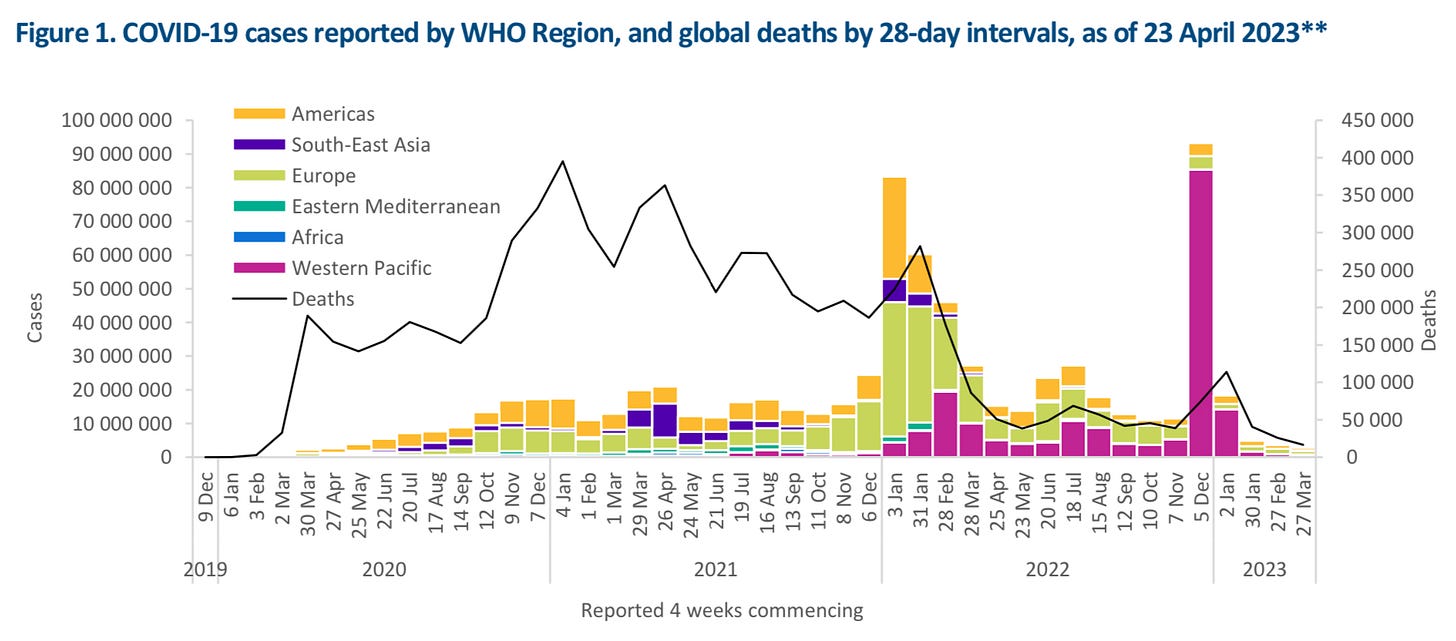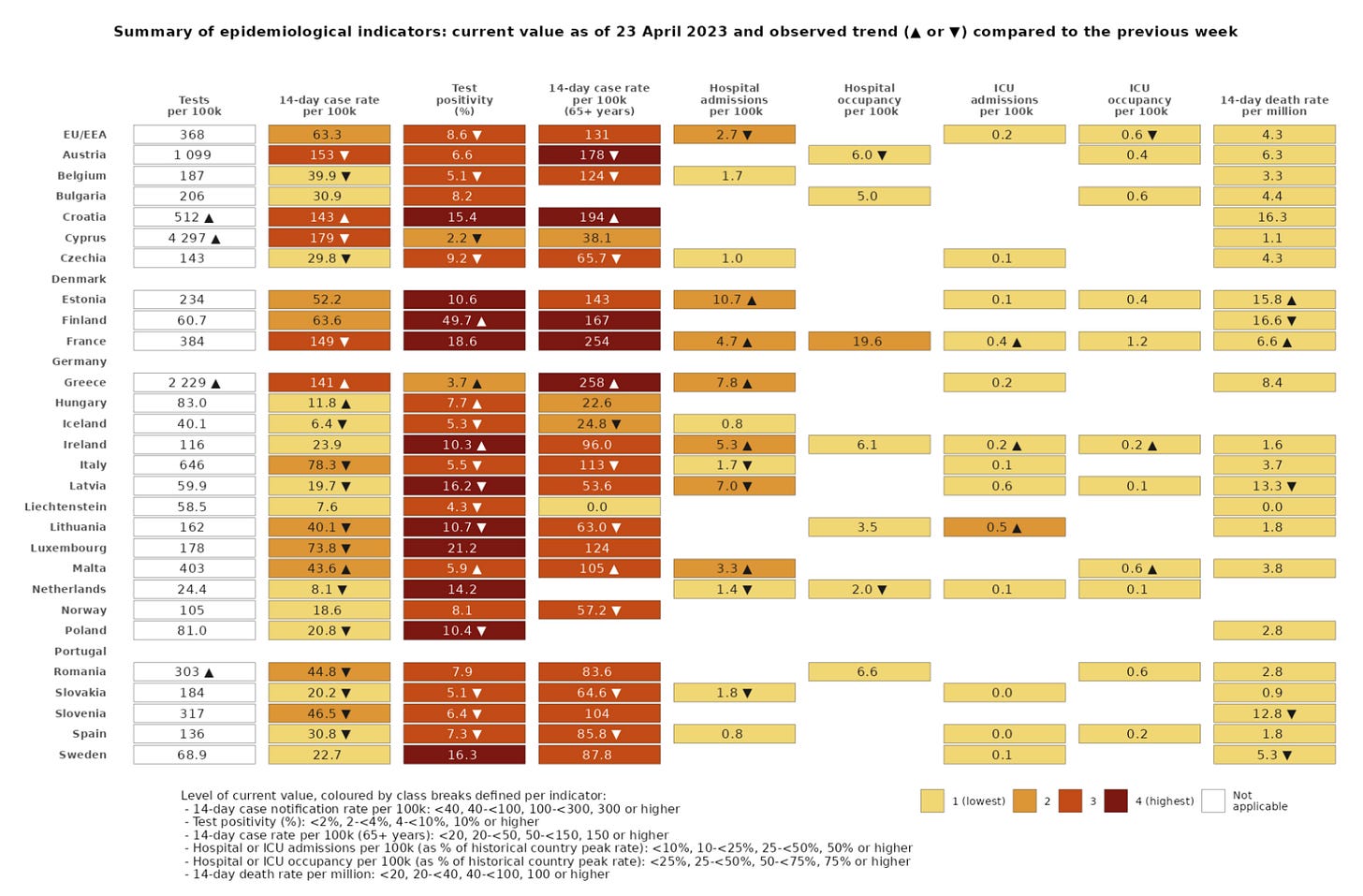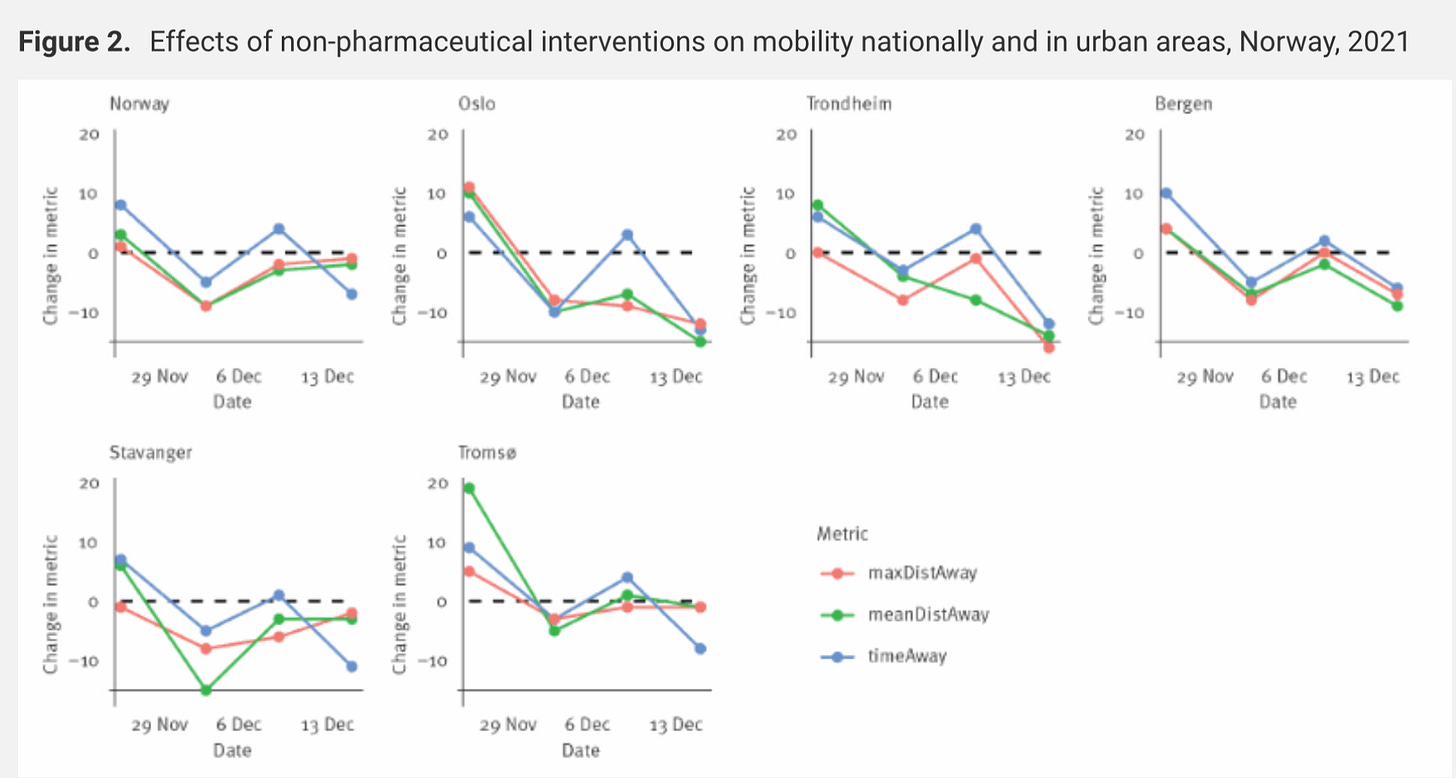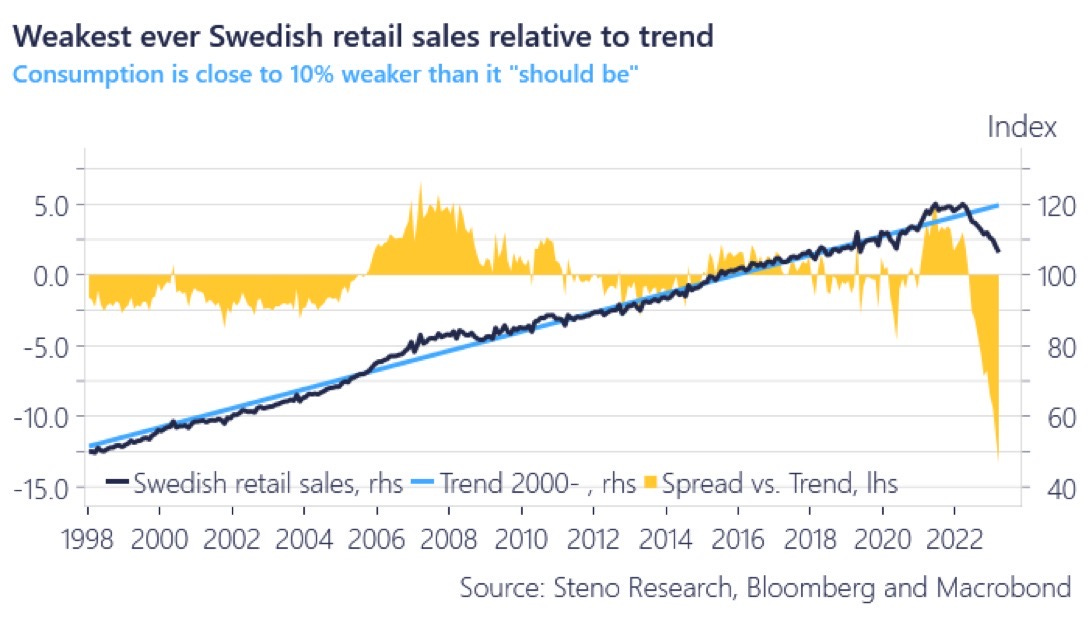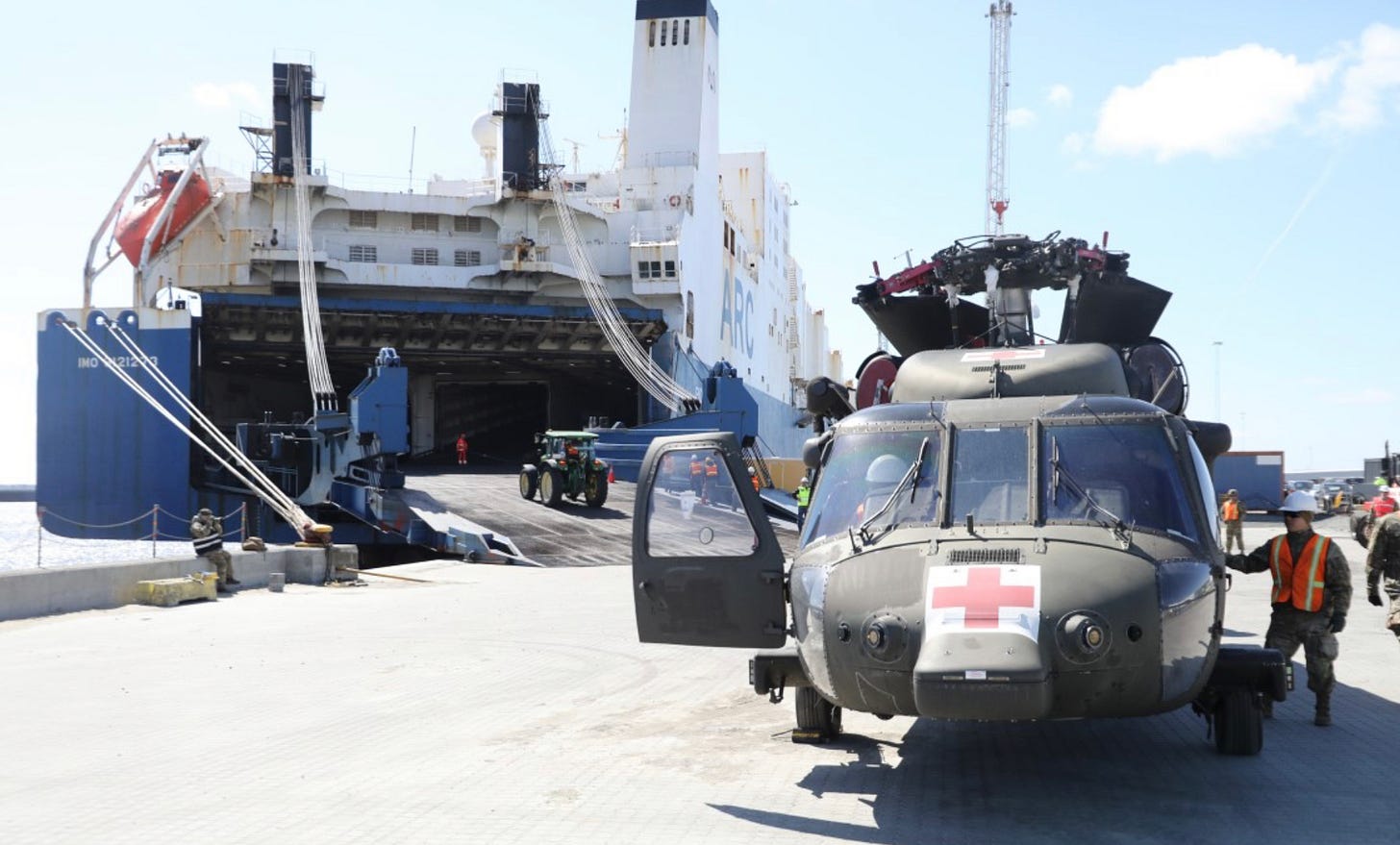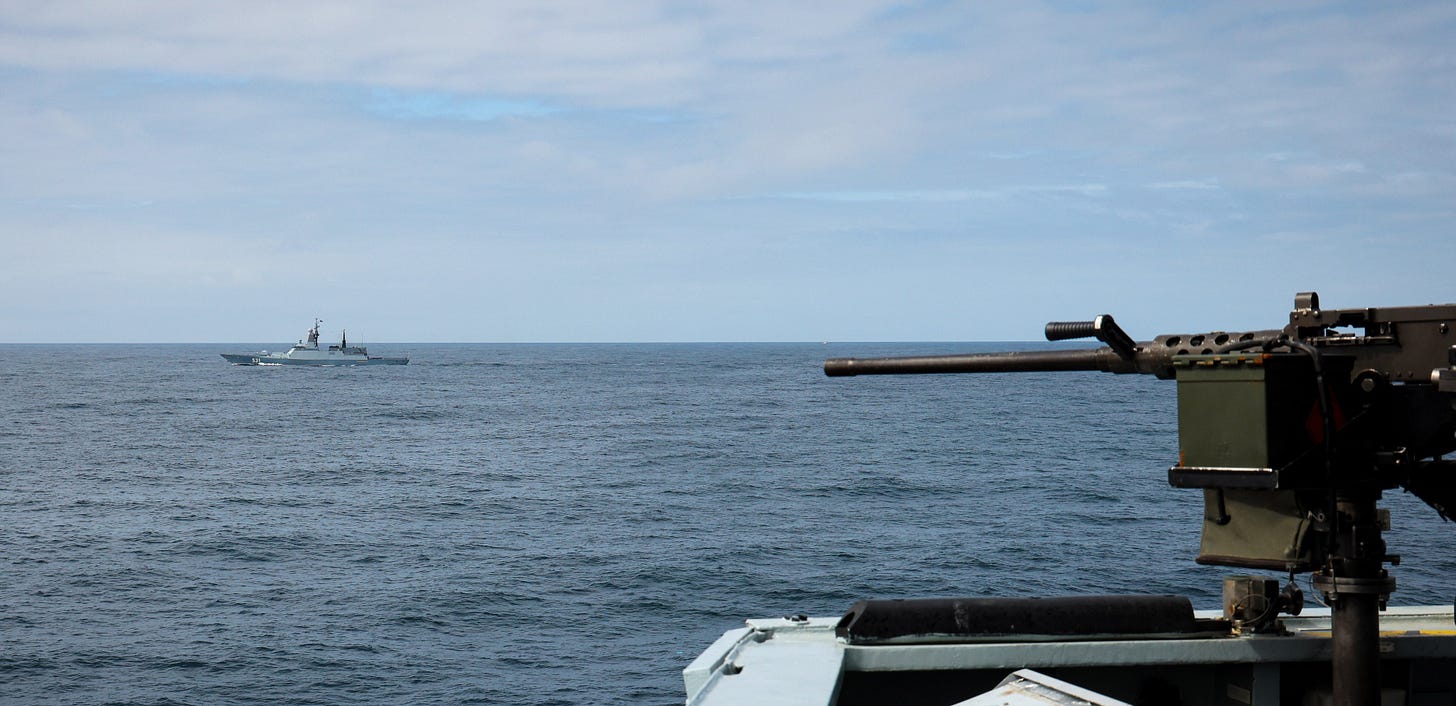🦠Pandemic🦠
🌏🦠
The World Health Organization is again urging countries to maintain COVID testing saying to not do so would be a huge mistake. This is as more and more countries keep tuning them out to pretend the pandemic is over.
WHO COVID Technical Lead, and Infectious Disease Epidemiologist, Maria Van Kerkhove says with XBB sub-variants dominating the world, the one thing we know for sure is that the virus continues to evolve. She says with millions of people still being infected or reinfected, hundreds of thousands in hospitals, and thousands of lives continue to be lost each week COVID surveillance “is so so important.”
“We have two risk assessments that have been published that detail the increase in growth advantage that we have seen for these XBB sublineages and that would also include XBB.1.9. We do see immune escape, which means people can be reinfected again despite being previously infected or vaccinated. But we have not seen a change in severity with the XBB lineages. XBB.1.19 is around 10% of the sequences. XBB overall is dominant worldwide. So this just indicates to us that the virus continues to evolve and it will continue to evolve because the virus is circulating pretty much unchecked. And what we need to be able to do is to keep surveillance up so that we have people that are tested first and foremost to ensure that they get into the clinical care pathway, but also so that we can monitor the virus itself, understand what each of these mutations means so that our Technical Advisory Group for Virus Evolution can carry out these risk assessments.
Kerkhove says those assessments are crucial to updating and informing decisions about the composition of life-saving vaccines.
“We have to remain vigilant. Be safe.”
-
A pretty shocking statistic from the World Health Organization is underscoring the health threat posed by long-COVID.
WHO Director General Dr Tedros Adhanom Ghebreyesus:
“An estimated one in 10 infections results in post-COVID condition suggesting that hundreds of millions of people will need longer term care.”
-
Global coronavirus infections and deaths continue to fall but hospitalizations are headed in the other direction according to the latest weekly pandemic snapshot from the World Health Organization. The Eastern Mediterranean and South-East Asia regions continue to see concerning increases in virus activity.
Globally, there were almost 2.8 million infections (-23%) and over 16,000 more lives lost (-36%) in the 28-day period ending April 23. But hospitalizations rose with 70,755 new admissions (+9%).
“Reported COVID cases are underestimates. This is partly due to the reductions in testing and delays in reporting in many countries.”
While numbers declined in four of the six global regions, the WHO says that in the Eastern Mediterranean infections rose (+41%) as did pandemic deaths (+80%). In the region, Iran saw the most new cases with 20,574 (+22%) followed by Qatar with 8,411 infections (+101%), and Saudi Arabia with 6,851 new virus cases (+124%). Iran also had the highest loss of life in the region with 718 deaths (+103%).
The other region of concern is South-East Asia where infections spiked (+666%) as did pandemic deaths (+305%). With 187,842 new infections (+936%) India is driving the entire region upward. It also had the most deaths with 498 lives snuffed out (+703%). The other two countries of concern in the region are Indonesia with 19,907 new infections (+137%) and 183 more deaths (+113%) and Thailand with 1,858 cases (+211%).
Among the other countries, the United States continues to see the highest number of new infections of any country on earth with 387,887 (-43%) while also, again, registering the most pandemic deaths with another 4,765 American lives lost (-40%). With 1,159,824 total to date pandemic deaths, as of this writing, the U.S. is also the only country on earth to suffer more than a million COVID deaths.
Cases also rose in South Korea (305,099 / +13%) and in France (213,732 / +35%), which also saw coronavirus deaths increase with 797 more lives lost (+35%). Brazil also recorded rising pandemic deaths with 1,298 (+31%). As did Spain with another 680 COVID deaths (+86%).
The increase in global COVID hospitalizations is being driven by just six countries. They are Qatar (+351%), Singapore (+183%), Malaysia (+40%), France (+36%), Latvia (+29%), and Estonia (+23%).
On the variant front, the WHO says the global picture is dominated by two strains, both recombinant XBB sub-variants, XBB.1.5 and XBB.1.16. Of the two XBB.1.5 remains the dominant variant accounting for 45.4% of the mere 35,474 sequenced positive tests that have been submitted. The global health agency notes that is a slight decrease from the previous reporting period while XBB.1.16 saw a slight increase.
🇪🇺🦠
While coronavirus activity has increased in a “handful of countries” the pandemic situation in Europe is characterized as “decreasing or stable” in the latest weekly pandemic assessment from the European Centre for Disease Prevention and Control.
In the week ending April 23, there were 691 more coronavirus deaths in the European Union and the greater European Economic Area. The centre says this “remains stable” compared to the week previous.
The agency noted that there are some variations in the pandemic situation from country to country with a “limited number” seeing increasing trends.
Croatia, Greece, and Malta are all reporting increases in overall infections and cases among vulnerable seniors over 65. Hungary is also seeing its overall case numbers rise. While the positivity percentage is increasing in five countries (Finland, Greece, Hungary, Ireland, and Malta).
Six countries are reporting climbing numbers of hospitalizations be they general admissions or in intensive care. Estonia, France, Greece, Ireland, and Malta are all seeing infection-related hospital admissions rise. While Ireland and Malta are the only two countries reporting rising numbers of pandemic-related intensive care admissions.
Only two countries (Estonia and France) are reporting increasing numbers of pandemic deaths.
The uptake for a 2nd booster dose, the variant-specific bivalent formula, is still incredibly low in Europe. Among high-risk seniors, just 35.5% have had a fourth dose. For adults over 18 uptake is a mere 17.4%.
Just five countries are testing and sequencing positive results in numbers high enough to derive any useful data from. The ECDC says of those, XBB.1.5 remains dominant in Europe making up 57.3% of cases.
🇩🇰
Denmark recorded a record year for tourism in 2022 as COVID restrictions vanished. The Danish National Tourism Forum says the number of overnight stays across Denmark was 12% higher last year than in 2019 before the pandemic struck. The forum says it was a combination of Danes being tourists in their own country and visitors abroad that drove the numbers upward. The agency says a close look at the numbers shows that nature and coastal areas of Denmark were the biggest draws.
🚨 New Variant 🚨
Experts are warning about yet another new variant. Cases of XBB.2.3 were discovered in Eastern India. This recombinant Carrie’s additional mutations. Epidemiologists in India say the new strain appears to be gaining ground in parts of India and out-competing the currently dominant XBB.1.16 variant.
Cases of the new variant have already also been confirmed in Singapore and Thailand.
As with all new variants, there is a lot we don’t know. We will have to see how it develops and what genome analysis and studies reveal about it.
🇳🇴
A Norwegian study used mobile phone data to test compliance between pandemic recommendations and mandatory restrictions. Norway used recommendations early in the pandemic before introducing more restrictive COVID mandates later on. This allowed researchers to compare and contrast the two approaches. The University of Oslo Center for Biostatistics and Epidemiology worked with the National Public Health Institute, the Norwegian Accounting Center, and mobile phone provider Telenor on the study.
They used mobile phone data from Norway’s largest cell phone provider, Telenor, for a one-year period beginning in January of 2021. They used the data to measure if people left their house, if so for how long, and how far away they went during both pandemic recommendations and then COVID restrictions. Researchers found recommendations were very effective in rural Norway while conversely, people living in cities complied more when firm mandates were levied.
“We found that stricter meter rules, reopening of gyms and of restaurants and shops were significantly associated with changes in mobility. These observations have important policy implications on which NPI (non-pharmaceutical interventions) to implement, the choice between non-mandatory or mandatory measures, and using regional or national interventions. Since distance traveled declined less after follow-up mandates than after initial recommendations in less populated areas, less invasive and costly non-mandatory measures may be sufficiently effective for rural areas in the case of Norway.”
The study in full can be found HERE.
⚡️Energy Crisis⚡️
🇸🇪
The energy crisis, soaring inflation, and increasing interest rates have caused a major increase in the number of people who have not paid their electricity bills in Sweden. Radio Sweden is reporting that the Swedish National Debt Default Agency, Kronofogden, has seen a 47% increase in unpaid electricity bills in the first three months of this year.
-
Sweden’s economy continues to reel from the ripple impacts of the war in Ukraine and the energy crisis it spawned. As food prices soar in the country it is now taking another fiscal hit.
Steno Research CEO Steno Larsen says retail sales in Sweden have plummeted by 13.4%.
“Catastrophic numbers. Is Sweden a canary in the European coal mine?”
🇸🇪 🇫🇮
A good reminder that the energy crisis is still lurking just under the surface. When two nuclear reactors suddenly turned off in Sweden last week due to a short circuit and the subsequent maintenance work, it caused power outages in Sweden and in areas of its Nordic neighbours. It also caused electricity prices in Finland to nearly double for the following 24 hours or so.
🇺🇦/ 🇷🇺 War
🇻🇦 🇺🇦
The Vatican has revealed it is working to ensure the fighting ends in Ukraine, Pope Francis revealed over the weekend that has been directly involved in trying to find peace in Ukraine.
Pope Francis as reported by Reuters:
“I am willing to do everything that needs to be done. There is a mission going on now, but it is not yet public. When it becomes public, I will publish it. I believe that peace always comes by opening channels. You can never achieve peace through closed-mindedness.”
Pope Francis revealed that over the weekend he has taken the issue of ending the Ukraine war to Hungarian Prime Minister Victor Orbán and an emissary of the Russian Orthodox Church. Last Thursday, Pope Francis also met with Ukrainian Prime Minister Denys Shmyhal where a “peace formula” proposed by Ukrainian President Volodymyr Zelenskyy was discussed.
🇩🇰 🇺🇦
CAESAR howitzers promised by Denmark have arrived in Ukraine to join the fight against Russia. Denmark donated all 19 of its new French-made artillery platforms to Ukraine along with ammunition and training for Ukrainian soldiers on how to operate the weapons.
Ukraine's defense minister, Oleksii Reznikov confirmed over the weekend on Twitter that the artillery platforms had arrived
“Denmark intended to use these systems for its own army, but wisely and nobly decided to transfer them to the Ukrainian army because of the significant threat that the Russian aggression against Ukraine poses to Europe as a whole.”
Reznikov thanked Denmark and France for the donation.
The howitzers will likely play a significant role in the counter-offensive Ukraine has been planning for, and amassing equipment and donated weapons for some time.
-
As Russian missiles rained down on Ukraine again on Friday, Denmark’s Minister of Defense was in the Ukrainian port city of Odesa along with Foreign Affairs ministers from the Baltic States. While Lars Løkke Rasmussen was initially there to discuss reconstruction and Denmark’s role in rebuilding the country, the missile attack abruptly changed the discussions. Instead, the big topic between Ukraine’s Foreign Affairs Minister and his Nordic and Baltic counterparts became about supplying Ukraine with more modern F-16 fighter jets.
Rasmussen spoke to DR and said that Denmark is listening:
“In Denmark, we listen to the needs of the Ukrainians, and so far we have delivered on everything.”
But the issue is complicated. While Denmark certainly has F-16s, its fleet is aging and Danish military experts have already said its planes may be at the end of their useful lives. It would take a coalition of countries to come together and the key country to win over isn’t Denmark, it is the United States. U.S. President Joe Biden has already flatly refused to supply Ukraine with F-16s. Although there are some signs he might be wavering.
The other issue is training. Currently, Ukrainian pilots fly Soviet-era MiG jets. It would take many months of training to get them up to snuff to fly F-16s. Rasmussen said he wasn’t opposed to the idea of beginning to train Ukrainian pilots but it also wouldn’t make sense unless it was a sure bet Ukraine would be getting the jets.
🇩🇰
American soldiers, army helicopters, and other military equipment arrived in Esbjerg harbour on Sunday. According to the Danish Armed Forces, 30 American helicopters and around 1,000 other vehicles have begun to be offloaded off of the cargo ship ARC Endurance.
The Danish military says the operation serves two purposes. One is to provide NATO host nation support in the logistics of unloading and transporting massive amounts of military gear. The other is the training in all the logistics and unloading so that future operations run quickly and smoothly.
All the equipment arriving in Esbjerg is from the U.S. 3rd Combat Aviation Brigade based in Fort Stewart in Georgia. It will be offloaded and then transported to NATO’s eastern flank to rotate in to replace the American troops and equipment currently in service to NATO.
Until the operation has concluded and the troops are en route to their base in the Baltic states a section of Esbjerg harbour will remain off-limits and under military guard.
-
Køge harbour, just south of Copenhagen, has been designated a temporary military area for the first two days of May according to Danish police. The designation came into force this (Monday) morning at 5 am. It will be lifted at 6 pm on Tuesday. Until then access will be restricted and the area will be under military guard. Unlike what is going on in Esbjerg harbour there have not yet been any details about why they have set up a temporary military area in Køge.
🇩🇰 🇸🇪 🇫🇮 🇳🇴 🇮🇸
The war in Ukraine and the security situation in the Nordics will be the two biggest topics on the table when the Prime Ministers of the Scandinavian countries meet in Finland this week. Finnish President Sauli Niinistö will host the Prime Ministers of Denmark, Sweden, Norway, and Iceland on Wednesday.
🇷🇺 🇫🇮 🇧🇪
An investigative journalism collective has taken a look at Russian embassies in 15 different countries and found suspected espionage tools on their roofs. Antennas and satellite dishes that could be used to gather intelligence by intercepting communications. Across 39 different embassies, it counted 182 antennas and satellite dishes. It took the information it gathered and showed it to intelligence experts who determined the visible equipment could be used to both protect embassy communications and to monitor radio and cell phone transmissions.
Finnish media outlet STT photographed 11 satellite dishes and antennas on the roof of the Russian embassy in Helsinki. It took the photos to Jack Watling, a senior researcher at the Royal United Services Institute in the United Kingdom.
“The Russian embassy in Helsinki has at least three large communication antennas, which are probably capable of transmitting encrypted data over long distances. In addition, there are a number of smaller antennas, the purpose of which is probably to intercept communications from other agencies and Finnish government organizations."
Watling stressed that Russia is not alone in using embassies as hubs for intelligence gathering and other countries would very likely be doing something similar.
The Vsquare investigation found the most suspected espionage equipment on the roof of the Russian embassy in Brussels, Belgium. This city is home to the European Union Parliament and the headquarters of NATO.
🇬🇧/ 🇷🇺
A task group of three Russian warships sailed by the United Kingdom on Friday afternoon. The British Royal Navy says the three Russian vessels were kept under the watchful eye of the British Destroyer HMS Defender as they passed the UK through international waters.




